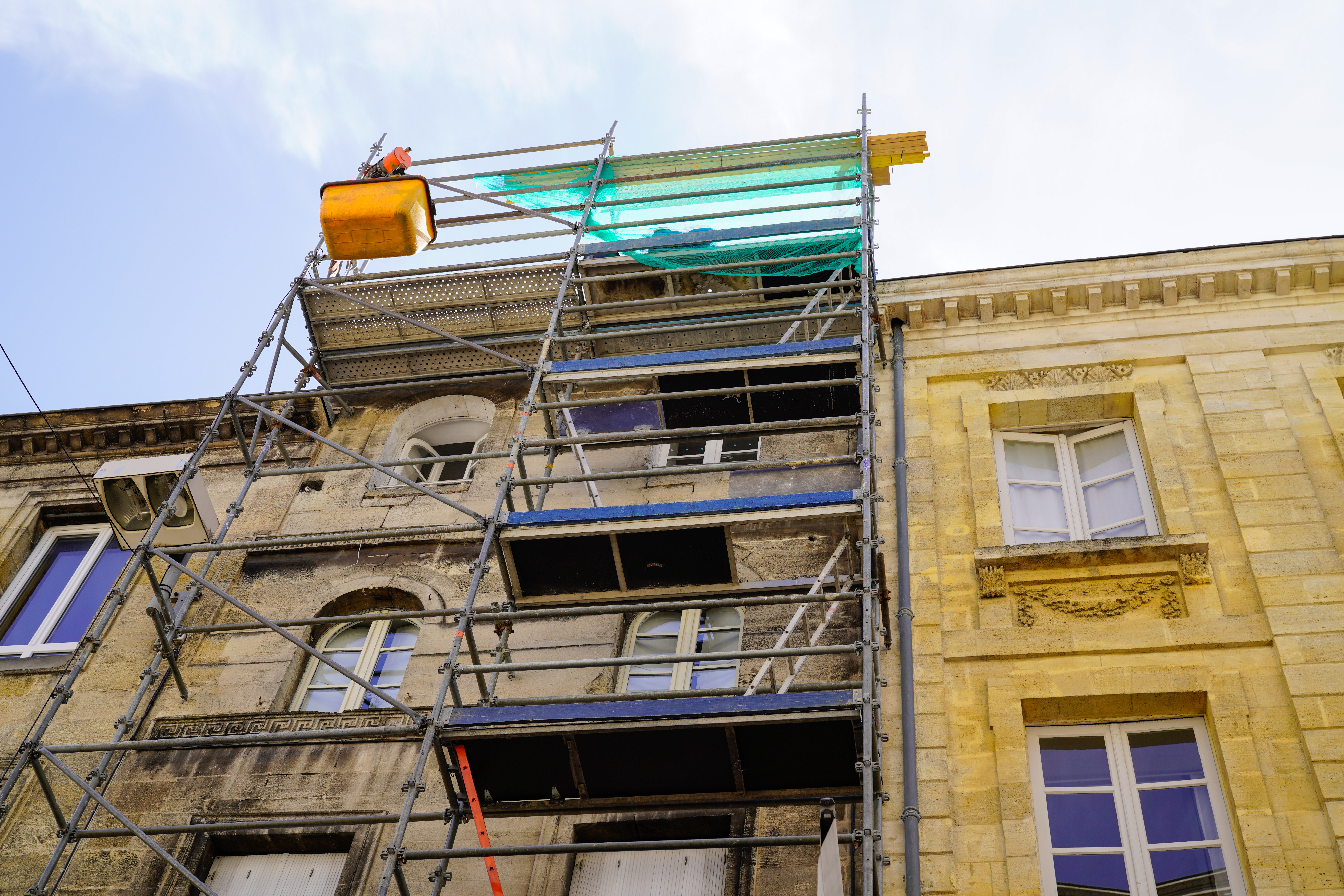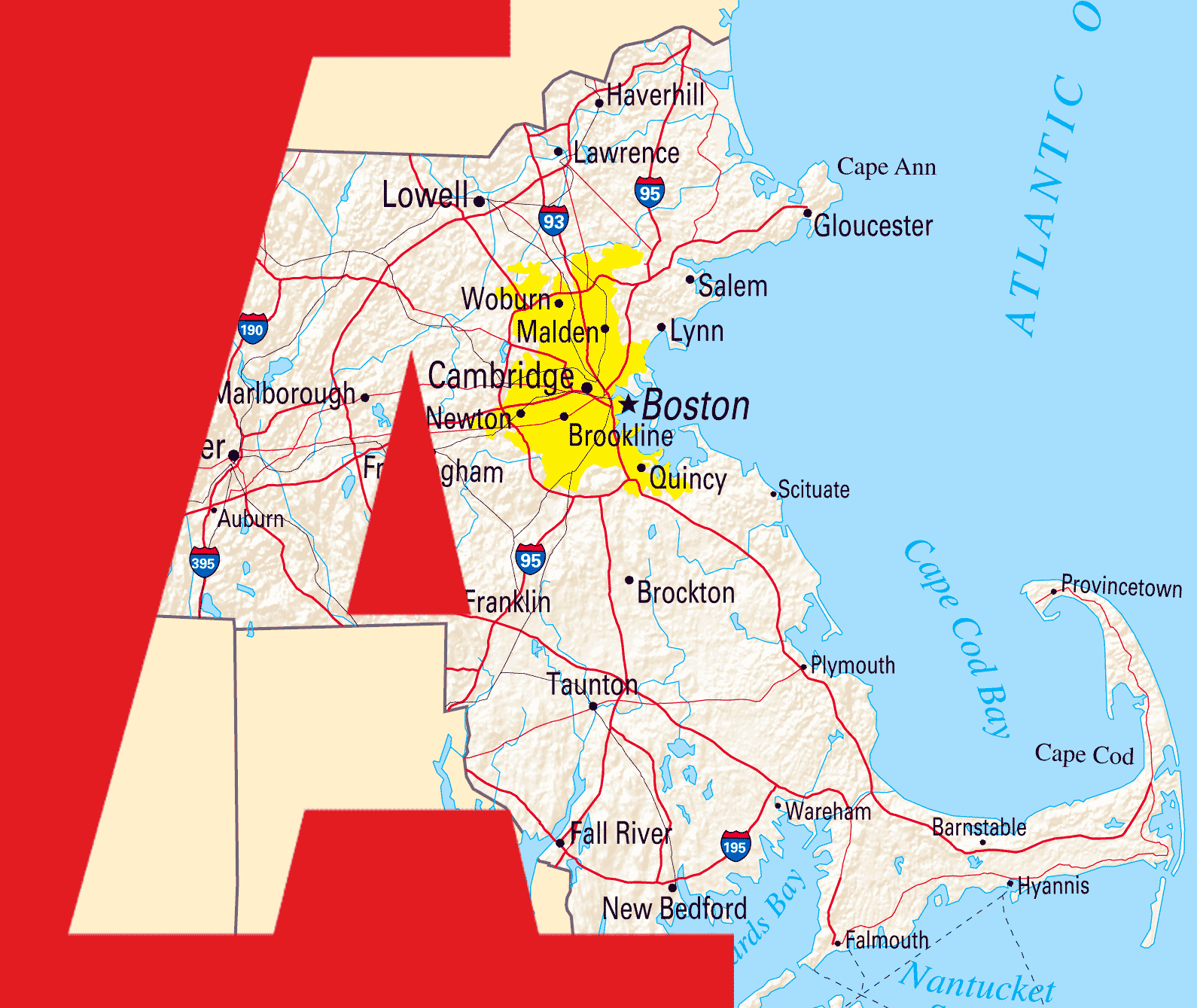When it comes to maintaining buildings, masonry repair plays a critical role in preserving structural integrity and visual appeal. However, repairing brick masonry differs from repairing concrete masonry. While both serve similar functions in construction, their material properties, repair techniques, and long-term maintenance differ significantly. Because we handle both brick and concrete building repair at Abbot Building Restoration, it’s crucial that our restoration teams understand the differences and how to implement the appropriate techniques.
Here’s an overview of the key differences between brick and concrete building repair and how they affect restoration.
Material Composition and Behavior
Brick masonry is made from fired clay, while concrete masonry units (CMUs) are composed of cement, water, and aggregates. This fundamental difference affects how each material reacts to stress, moisture, and temperature changes. Bricks are typically more porous and prone to water absorption, which can lead to spalling or efflorescence. In contrast, concrete blocks are more uniform and less porous. However, they can still experience shrinkage cracks and joint separation. Understanding these behaviors is essential when selecting appropriate repair materials and methods.
Mortar Compatibility and Matching
Mortar matching is critical in brick repair to maintain structural integrity and aesthetics. Bricks often require softer, lime-based mortar to allow for thermal movement and moisture evaporation. Using modern, harder cement-based mortar can cause brick faces to crack or flake. Concrete masonry, on the other hand, often uses higher-strength mortar mixes that are more compatible with the denser blocks. Failing to match mortar correctly can lead to long-term damage or mismatched repairs that degrade the building’s appearance.
Repair Techniques and Tools
Brick repairs often involve tuckpointing—the careful removal and replacement of deteriorated mortar joints—and sometimes replacing damaged bricks by hand. This process requires precision to prevent damage to adjacent bricks. Concrete masonry repairs, especially for larger CMUs, may involve grouting cracks, applying patching compounds, or even reinforcing blocks with epoxy or rebar. These repairs are generally more structural and may require heavier tools and safety precautions.
Brick and Concrete Building Repair | Abbot Building Restoration
While brick and concrete may appear similar from a distance, their repair requires distinct approaches tailored to their unique properties. Understanding these differences ensures longer-lasting repairs and helps maintain the value and safety of masonry structures. Our restoration experts at Abbot Building Restoration carefully assess every building before we begin restorations or repairs to ensure long-lasting results.


